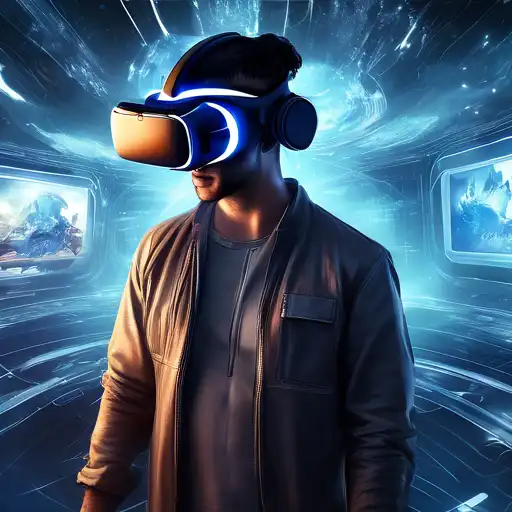Introduction to Virtual Reality
Virtual Reality (VR) has revolutionized the way we interact with digital environments, offering a new dimension of experience that transcends traditional boundaries. This immersive technology has found applications in gaming, education, healthcare, and more, providing users with unparalleled access to virtual worlds.
The Evolution of Virtual Reality
From its inception in the mid-20th century to the present day, VR technology has undergone significant transformations. Early prototypes were bulky and expensive, but today's VR headsets are sleek, affordable, and accessible to the masses. This evolution has opened up new possibilities for immersive experiences.
Applications of Virtual Reality
VR's versatility allows it to be used in various sectors:
- Gaming: Offers players an immersive experience, placing them directly inside the game world.
- Education: Enhances learning by simulating real-world scenarios, from historical events to scientific experiments.
- Healthcare: Used for therapy, surgical training, and patient rehabilitation, providing a safe environment for practice and recovery.
- Real Estate: Allows potential buyers to tour properties virtually, saving time and resources.
Benefits of Virtual Reality
VR technology offers numerous advantages, including:
- Enhanced learning and training through realistic simulations.
- Improved customer engagement in retail and marketing.
- Accessibility to experiences that may be physically or financially out of reach.
- Opportunities for social interaction in virtual spaces, connecting people across the globe.
Challenges and Future Directions
Despite its potential, VR faces challenges such as high costs, technical limitations, and health concerns like motion sickness. However, ongoing research and development aim to address these issues, paving the way for more advanced and user-friendly VR solutions. The future of VR promises even more innovative applications, from virtual travel to remote work environments.
Conclusion
Virtual Reality is more than just a technological novelty; it's a gateway to experiences that were once unimaginable. As VR continues to evolve, it will further blur the lines between the physical and digital worlds, offering new ways to learn, play, and connect. The journey into virtual reality is just beginning, and its potential is limitless.
